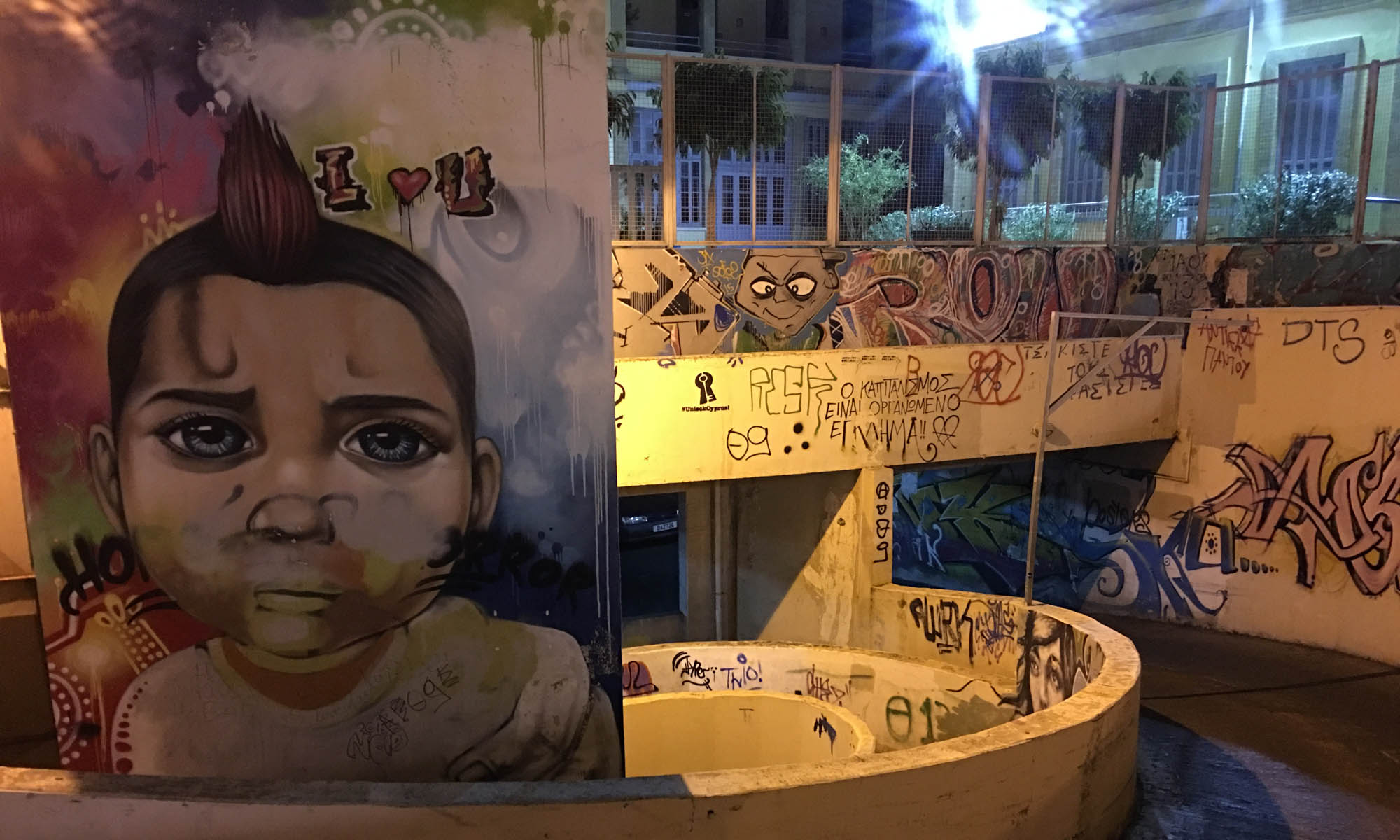“Above all, cinema is a screen, cinema is a rectangle of light, cinema is light sculpted in time” (Dorsky, Devotional Cinema).
The screening of Nathaniel Dorsky’s Arboretum Cycle at the Close Up Centre in London’s Hoxton was a singular experience. The small auditorium was very dark and almost (two free seats) filled to capacity at 7.30 on a Friday night. We arrived slightly late following a taxing 250 mile journey that, due to the vagaries of satellite navigation and road closures, took us through Piccadilly Circus and Theatreland on the way to our less mainstream entertainment in Shoreditch. We were ushered into the pitch darkness by the charming projectionist. The audience was watching images of foliage in silence which were quite dim at times despite the high spec xenon-lamped projector, meaning one could sense the human presence rather than see it.
Dorsky has restricted the availability of his films to analogue screenings. The films are 16mm prints of his silent films which must be projected at the ‘silent speed’ of 18fps. The prints had come from LightCone in Paris accompanied by strict guidelines for the screening which specified the films’ order, the brightness of the cinema, that the leaders must be left intact when the three larger reels were made up by the projectionist etc.
The auditorium was very quiet and unusually dark with the fire escape lights providing the only illumination other than the film projection . The audience was as silent as a group of around 100 people could be, there was no projector sound since it was housed in a proper projection box behind glass – unlike most 16mm screenings where an Elf projector is typically squeezed in to the rear of the seating in the auditorium. Images of the arboretum filled the 4:3 screen which had been blanked off to match the aspect ratio: some shadowy, some bright, an occasional shot of intense green beauty, images pulsing as the sun appeared from behind a cloud.
As the film filled the eyes the dislocated sounds of east London permeated the building. The thrum of a police helicopter overhead merged with shots of Californian sky glimpsed through the canopy of leaves. A washing machine somewhere above us in the building proceeded with its own cycles, strangely complementing the on-screen meditation.
Created over 10-month period, the seven-film Arboretum Cycle (2017) is dedicated to the relationship between light, trees, and plants of the Golden Gate Park Arboretum (Now known as the San Francisco Botantical Garden) in San Francisco, within walking distance of the filmmaker’s home. Dorsky began filming in February 2017 and completed editing at the end of December that year. This cycle of seven sections takes in a complete year in the world of light and plants. Not only do we witness the progression of the seasons but also the development of the filmmaking during this year-long exploration of light as life’s energy (2017).
“Silence in cinema is undoubtedly an acquired taste, but the delicacy and intimacy it reveals has many rich rewards. In film, there are two ways of including human beings. One is depicting them. Another is to create a film form which, in itself, has all the qualities of being human: tenderness, observation, fear, curiosity, the sense of stepping into the world, sudden murky disruptions and undercurrents, expansion, pulling back, contraction, relaxation, sublime revelation.” (Dorsky, 2022)
For Dorsky, film has a human quality infused.











